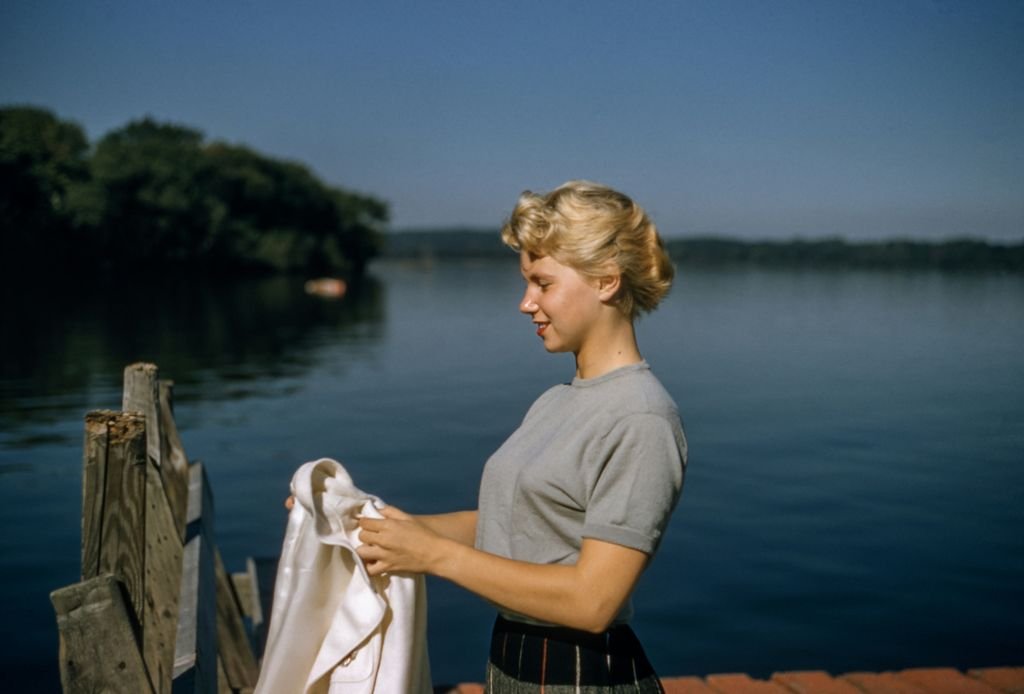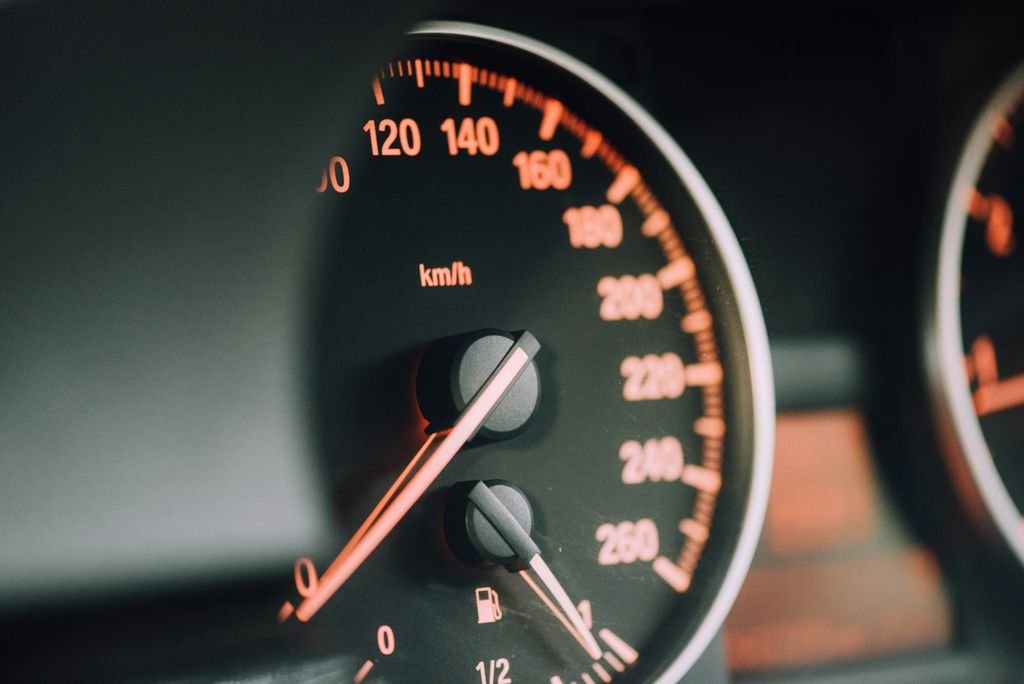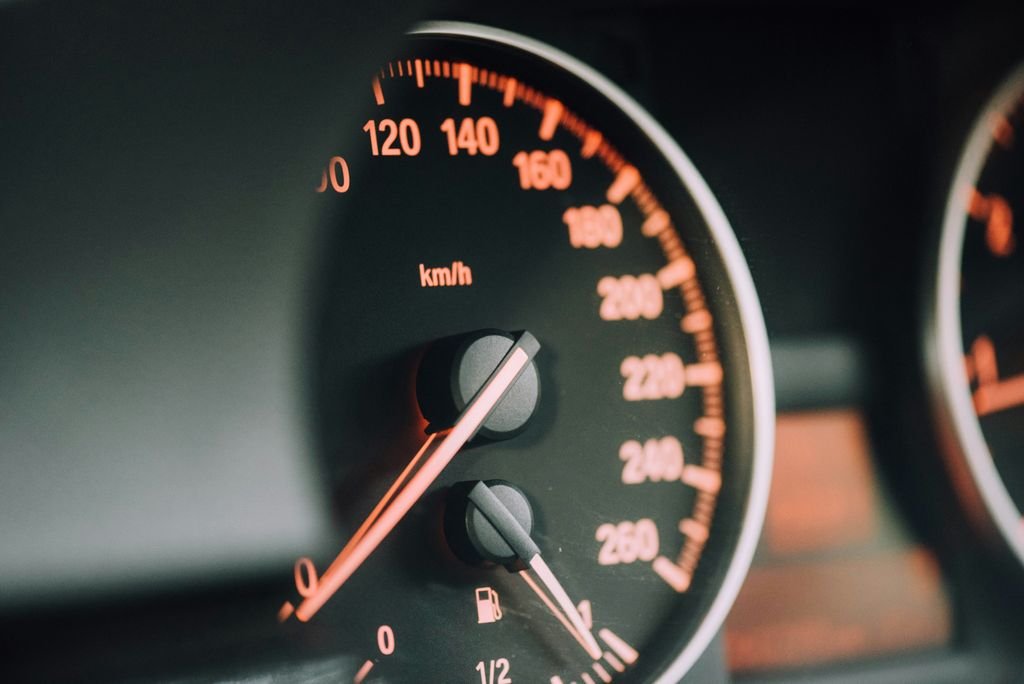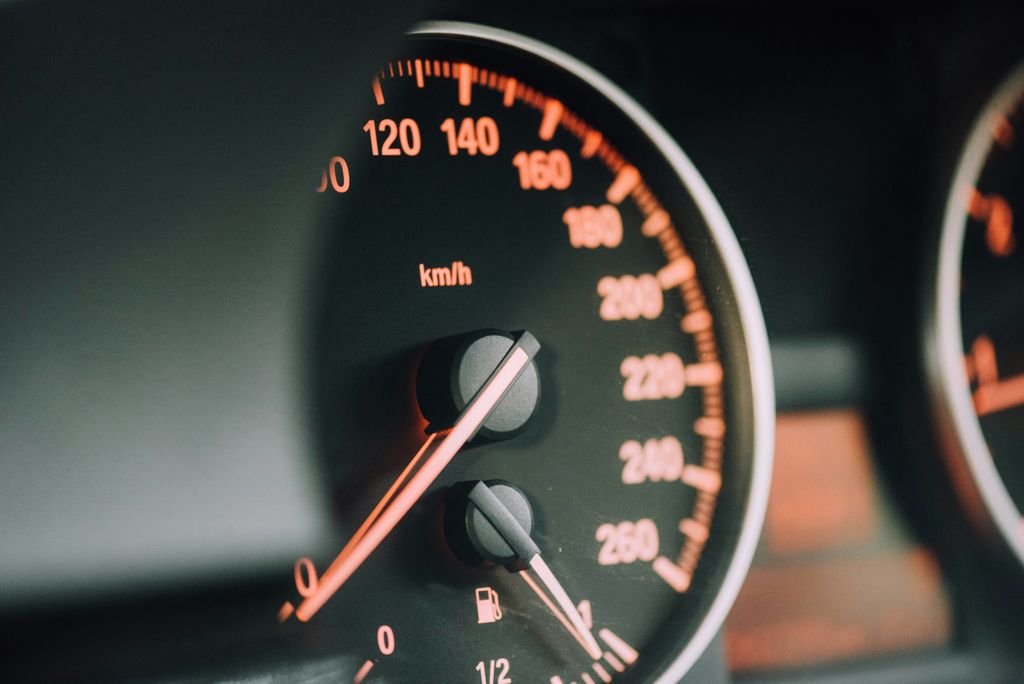Classic car preservation is an art that requires a deep understanding of classic cars, preservation techniques, and restoration methods. In this article, we will delve into the world of classic car preservation and explore the best methods for preserving and restoring these timeless vehicles.
Key Takeaways
- Understand the importance of classic car preservation
- Learn effective preservation techniques for classic cars
- Discover the best restoration methods for classic cars
- Appreciate the value of classic car preservation
- Master the art of preserving and restoring classic cars
The Art of Classic Car Preservation
Understanding Classic Cars
The journey into classic car preservation begins with a deep appreciation and understanding of what constitutes a ‘classic’. Classic cars are not just old vehicles; they are symbols of the automotive history and design philosophy of their era.
To truly preserve a classic car, one must consider various factors that contribute to its authenticity and originality. Here’s a brief overview of these factors:
- Age: Typically, a vehicle must be at least 20-30 years old to be considered classic.
- Condition: The state of the car, including its body, interior, and mechanical components.
- Rarity: How many units were produced and how many have survived.
- Desirability: The demand for the model among collectors and enthusiasts.
Preservation of a classic car is not merely about maintaining its functionality; it’s about safeguarding a piece of history. Each classic car carries with it stories of its past owners, its triumphs on the road, and the legacy of its manufacturer.
Understanding these vehicles goes beyond the technical aspects; it involves an emotional connection, recognizing the car’s place in the broader tapestry of automotive culture. This connection often drives the meticulous care and attention to detail required in classic car preservation.
Preservation Techniques
Mastering the art of classic car preservation requires a meticulous approach to maintenance and care. Preventative measures are the cornerstone of preservation, ensuring that the vehicle remains in its original state for as long as possible. Regular cleaning and detailing are essential, as they not only maintain the car’s aesthetic appeal but also prevent the buildup of materials that can damage the finish over time.
Proper storage is another critical aspect of preservation. A controlled environment can significantly reduce the risk of rust and deterioration. Below is a list of factors to consider when storing a classic car:
- Temperature control to prevent extreme heat or cold from affecting the vehicle’s components.
- Humidity control to avoid rust and corrosion.
- Dust covers to protect the exterior and interior from particles.
- Fluid maintenance to ensure that all the car’s fluids are at the correct levels and are replaced regularly.
It’s important to remember that the goal of preservation is to maintain the car’s originality. Modifications or replacements should be carefully considered, as they can affect the vehicle’s authenticity and value.
Documentation is also a key part of preservation. Keeping a detailed record of the car’s history, maintenance, and any repairs can add to its provenance and help in maintaining its value. This includes:
- Service records
- Ownership history
- Restoration work
- Parts replacements
By adhering to these preservation techniques, enthusiasts can ensure that their classic cars not only retain their charm and character but also their structural integrity and operational reliability.
Restoration Methods
Restoration is the heart of bringing a classic car back to its former glory. It involves meticulous attention to detail and a deep understanding of the vehicle’s history and original specifications. The goal is to preserve the car’s authenticity while ensuring its functionality and safety.
Restoration can be broken down into several key areas:
- Bodywork and chassis restoration
- Engine and mechanical systems overhaul
- Interior refurbishment
- Electrical systems update
Each of these areas requires a specialized set of skills and knowledge. It’s crucial to approach restoration with patience and precision, as rushing the process can lead to subpar results and potentially diminish the value of the classic car.
When considering a restoration project, it’s important to assess the extent of work needed. Here’s a simple table to help you evaluate the condition of various car components:
| Component | Condition | Action Required |
|---|---|---|
| Bodywork | Rusty | Full restoration |
| Engine | Worn out | Rebuild or replace |
| Interior | Tattered | Reupholster or replace |
| Electrical | Outdated | Upgrade or rewire |
Remember, the restoration of a classic car is not just a mechanical endeavor; it’s a labor of love that requires time, dedication, and often a significant financial investment. The end result, however, is a beautifully preserved piece of automotive history that can be enjoyed for many years to come.
Conclusion
In conclusion, the art of classic car preservation is a timeless endeavor that requires dedication, skill, and a deep appreciation for automotive history. By mastering the techniques of restoration and preservation, enthusiasts can ensure that these iconic vehicles continue to captivate and inspire future generations. From rust to robust, the journey of classic car preservation is a testament to the enduring legacy of automotive craftsmanship and the passion of those who strive to keep it alive.
Frequently Asked Questions
Why are classic cars worth preserving?
Classic cars are considered valuable due to their historical significance, unique design, and cultural impact. Preserving them helps maintain their heritage and legacy.
What are the common preservation techniques for classic cars?
Common preservation techniques include regular cleaning, waxing, rust prevention, and storing the car in a controlled environment to protect it from the elements.
How can I prevent rust in classic cars?
Rust prevention involves keeping the car dry, applying protective coatings, and addressing any signs of corrosion promptly to prevent further damage.
What are the best restoration methods for classic cars?
The best restoration methods involve thorough research, using original or high-quality replacement parts, and engaging skilled professionals to ensure authenticity and quality craftsmanship.
Are classic cars a good investment for the future?
While classic cars can appreciate in value over time, their value as an investment depends on factors such as rarity, condition, and market demand.
How can I maintain the originality of a classic car during restoration?
Maintaining originality during restoration requires careful documentation, preservation of original components, and adherence to historical accuracy in the restoration process.





